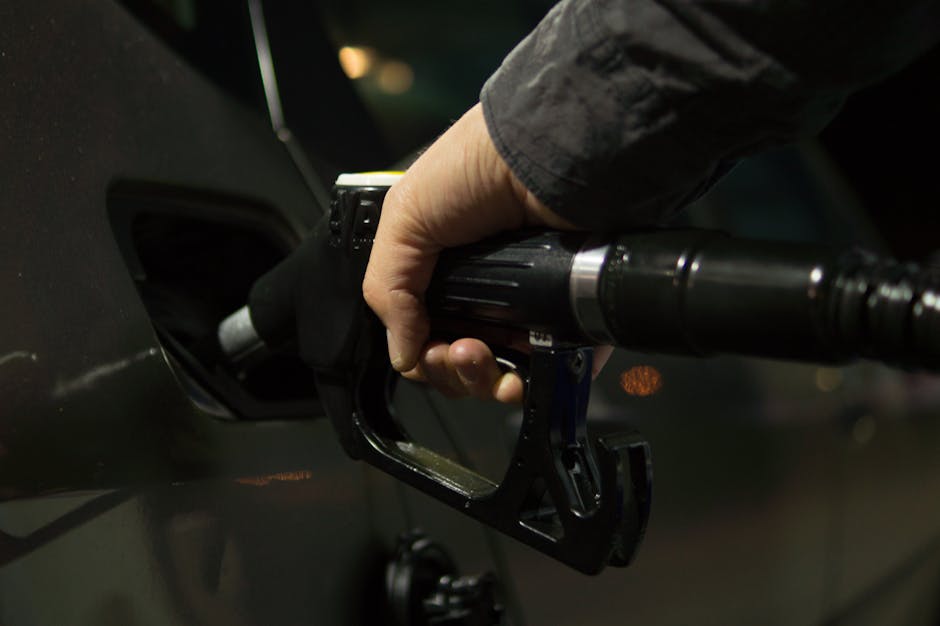Overview
Diesel fuel has been limited to 10 ppm sulfur since 2007. Gasoline fuel is also limited to 10 ppm sulfur. Refineries, importers and retailers share the responsibility for testing and ensuring all fuels meet mandatory fuel specifications. Fuel regulations are supported by heavy penalties for non-compliance.
Standard type
Fuel quality standards
Regulating Body
Ministry of Economy, Trade and Industry (METI)
Applicability
Gasoline, diesel and kerosene sold on the market
History
Within the Ministry of Economy, Trade and Industry (METI), the Agency for Natural Resources and Energy is in charge of enforcing quality of gasoline, diesel and kerosene sold on the market through the authority of the Law on the Quality Control of Gasoline and Other Fuels (Fuel Quality Control Law). The Fuel Quality Control Law established mandatory specification for ten gasoline properties and three diesel properties. The law also:
- Specified a set of Standard Specifications that included all mandatory requirements and additional recommended requirements for gasoline and diesel fuels.
- Provides mandatory requirements for sulfur, cetane index and T90 distillation temperature that diesel fuel must meet.
- Provides a standard diesel fuel specification for viscosity and low temperature operability requirements.
The Ministry of the Environment developed a System for Automotive Fuel Quality Control.
In order to accommodate biodiesel fuel blends, the Quality Assurance Law has been amended as outlined in the discussion on Japanese biodiesel standards. The amendments, effective March 2007, include limits on the amount of FAME and triglycerides in diesel fuel to distinguish it from a biodiesel/diesel fuel blend and to prevent the use of unprocessed vegetable oils.
For further information and analysis, see the ICCT Best Practices working paper on fuel quality.
Technical Standards
Diesel
In addition to the Law on the Quality Control of Gasoline and Other Fuels (Quality Assurance Law) there is also a voluntary diesel standard, Japanese Industrial Standard (JIS) K 2204.
JIS K 2204 specifies five grades of diesel fuel. The main difference between each grade is the low temperature operability limits. The grades are: Special No. 1, No. 1, No. 2, No. 3, and Special No. 3 (1S, 1, 2, 3 and 3S). In order to provide fuel producers some flexibility to produce the different grades, the flash point, T90 distillation temperature, viscosity and cetane index differ as well.
Since the 1990s, the sulfur content in diesel fuels in Japan has been reduced in several steps, as follows:
- 0.2% = 2,000 ppm sulfur limit became effective from 1994
- 0.05% = 500 ppm S limit from 1997
- 50 ppm S limit is mandatory from 2005; in practice, 50 ppm S diesel was introduced nationwide from April 2003 through a voluntary effort of the Japanese petroleum industry
- 10 ppm S limit is effective from 2007; Japanese petroleum industry made a voluntary commitment to supply 10 ppm S fuel from January 2005 (nationwide, with the exception of certain island areas and Okinawa)
Highway vehicles (passenger cars, trucks and buses) normally use No. 2 diesel fuel. Special No. 3 diesel is used as the winter grade in Hokkaido and other cold climate areas. Most Japanese off-road equipment also uses No. 2 diesel fuel grade, with some using fuel oil equivalent to No. 1 of Category I specified by JIS K 2205 (sulfur limit in the latter fuel remains at 0.5%).
| Applicability | Property | Standard |
|---|---|---|
| Mandatory Specifications | Cetane Index | 45 min. |
| Sulfur | 10 ppm | |
| Distillation, T90% | 360°C max. | |
| Standard Specifications | FAME1 | 0.1 mass% max. |
| Triglyceride1 | 0.01 mass% max. | |
| Flash point | 45°C min. | |
| Pour point | Depends on regions and month | |
| Cold Filter Plugging Point (CFPP) | Depends on regions and month | |
| Carbon residue2 | 0.1 mass% max. | |
| Kinematic viscosity @30C | 1.7 mm2/s min. | |
| Notes: 1. This specification is applicable to diesel fuels without international blending of FAME (Fatty Acid Methyl Ester). Mandatory standards allow FAME upper blending limit of 0.5 max%. In such a case, additional standards include: Triglyceride: 0.01 mass% max.; Methanol: 0.01 mass% max.; Acid Value: 0.13 mg KOH/g max.; Formic Acid+Acetic Acid+Propionic Acid: 0.003 mass% max.; Acid Stability: 0.12 mg KOH/g max. 2. CCR, from 10% distillation residue. |
||
Gasoline
| Applicability | Property | Standard |
|---|---|---|
| Mandatory Specifications | Lead | Non-detectable |
| Sulfur content | 10 ppm | |
| MTBE | 7% vol. max. | |
| Benzene | 1% vol. max. | |
| Kerosene | 4% vol. max. | |
| Methanol | Non-detectable | |
| Washed gum | 5 mg/100 ml. max. | |
| Color | Orange | |
| Oxygen content | 1.3% mass% max. | |
| Ethanol | 3% vol% max. | |
| Standard Specifications | Octane | Regular: 89 min. Premium: 96 min. |
| Density | 0.783 g/cm3 max. | |
| Distill | T10/T50/T90 | |
| Copper corrosion @50C | 1 max. | |
| RVP | 44-78kPa (kgf/cm2) | |
| Oxidation stability | 240min min. |
Testing
METI conducts massive fuel sampling and testing every year. Refineries and importers are required to test the quality of fuel prior to distribution and sale to ensure that the petroleum products they offer meet all the mandatory requirements. Refiners and importers share the responsibility should non-conforming fuel be found at any retail station they supply fuel to. Retail stations must test the fuels they sell against the compulsory requirements once every ten days. Refineries, importers and retailers found guilty of selling fuels that fail to meet all the mandatory specifications are subject to a heavy non-compliance penalty, including fines, criminal penalty (jail time) and the closure of the businesses.
Links
Regulatory Documents
Law on the Quality Control of Gasoline and Other Fuels (Fuel Quality Control Law)
System for Automotive Fuel Quality Control
Additional Resources


